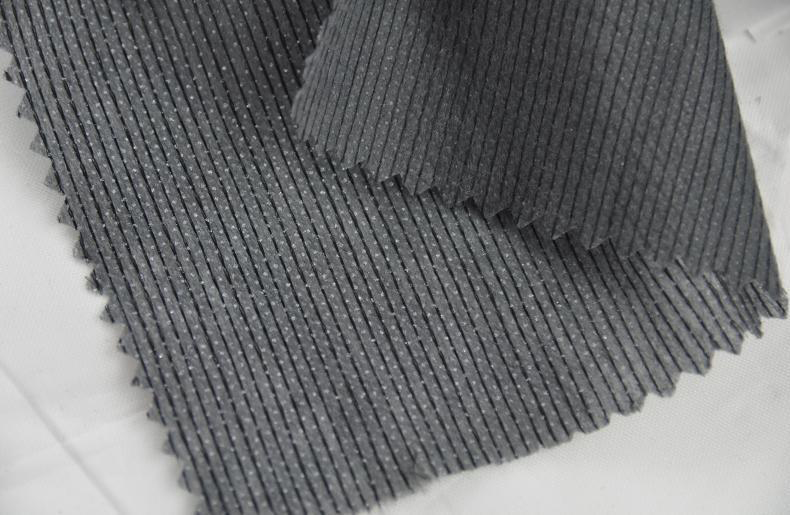First, the development China Twill Fabric of non-woven textile industry.As of 1998, the world's non-woven fabric consumption has reached million tons. In 1970, its consumption was only 400,000 tons, and by 2007, its consumption is expected to reach 4 million tons.Producers of nonwovens are mainly concentrated in the United States , Western Europe accounts for , Japan accounts for 8%, China's output only accounts for of the world, and its consumption is of the world's .Man-made fibers still dominate the production of nonwovens, and before 2007, this situation will not change much of the fibers used in non-woven fabric production worldwide are polypropylene, polyamide, and the remaining 3% are other fiber.Non-woven fabrics have seen a significant increase in the use of sanitary absorbent materials, pharmaceuticals, vehicles, and textile materials for shoemaking.Second, non-woven production and consumption.Global non-woven consumption was tons in 1983. It increased to million tons in. By 1998, the global non-woven fabric consumption reached million tons. It is expected that In 2005, its consumption could reach million tons.

The consumption of man-made fibers for various textiles was million tons in increased to million tons in and reached million tons in 1998. It is expected that by the year 2005 it will consume 37 million tons, 2007 The year can reach million tons.The growth rate of man-made fiber consumption in non-woven fabric production is expected to reach 2005, and its consumption growth rate can reach , and it will reach 10.4% by 2007. The increase in the consumption of non-woven fabrics was partly due to the increase in auxiliary industries in China, Southeast Asia, Latin America and the Middle East.Third, non-woven fabrics affect the growth factor.All the factors affecting the growth of man-made fibers can have a greater or lesser impact on textiles made from man-made fibers, of which the greatest impact is on non-woven textiles.
Population growth factors have less impact on nonwovens than other textiles used in apparel. However, if the importance of non-woven fabrics in baby diapers is taken into account, population growth is also an important factor. The partial substitution of natural fibers has a greater impact on textiles, but has little effect on nonwovens because the production of nonwovens is essentially dependent on man-made fibers.The commercial development of man-made fibers and the professional application of nonwovens: Thanks to the establishment of an international economic treaty, the trade in microfibres, composite fibers, biodegradable fibers and new polyester fibers has increased. This has a great influence on non-woven fabrics, but it has little impact on apparel and knitted textiles. Replace textiles and other supplies: This includes substitution by non-woven textiles, knitted textiles, plastic films, polyurea foam, wood pulp, leather.
This is determined by the cost and performance requirements of the product. The introduction of new, more economical and more efficient production processes: the use of polymers to make various articles, the application of competitive new non-wovens, and the introduction of specialty fibers and non-woven textile additives.The three major fibers used in nonwovens production were polypropylene fibers of the total), polyester fibers , and viscose fibers of the total. Between viscose fibers were most used in nonwovens production. Between 2000 and 2005, the use of polypropylene fibers and polyester fibers began to dominate in the fields of sanitary absorbent materials and medical textiles. In the early non-woven production market, the amount of nylon was very large. Since 1998, the use of acrylic fiber has started to increase, especially in the area of artificial leather manufacturing.There are many large-scale projects in various projects in China, such as the Three Gorges Project, Xiaolangdi Project, environmental protection projects, Western Development, and infrastructure construction. These will greatly promote the development of geotextiles, filter materials, waterproof materials, and packaging materials. consumption. In addition, the increase in domestic consumer income will also effectively stimulate the consumption of various sanitary absorbent products and air filter materials, medical and health products, and labor protection cultural and sports products. Therefore, China's non-woven industry has great potential for growth in the future.

 English
English Español
Español Türk
Türk 简体中文
简体中文









